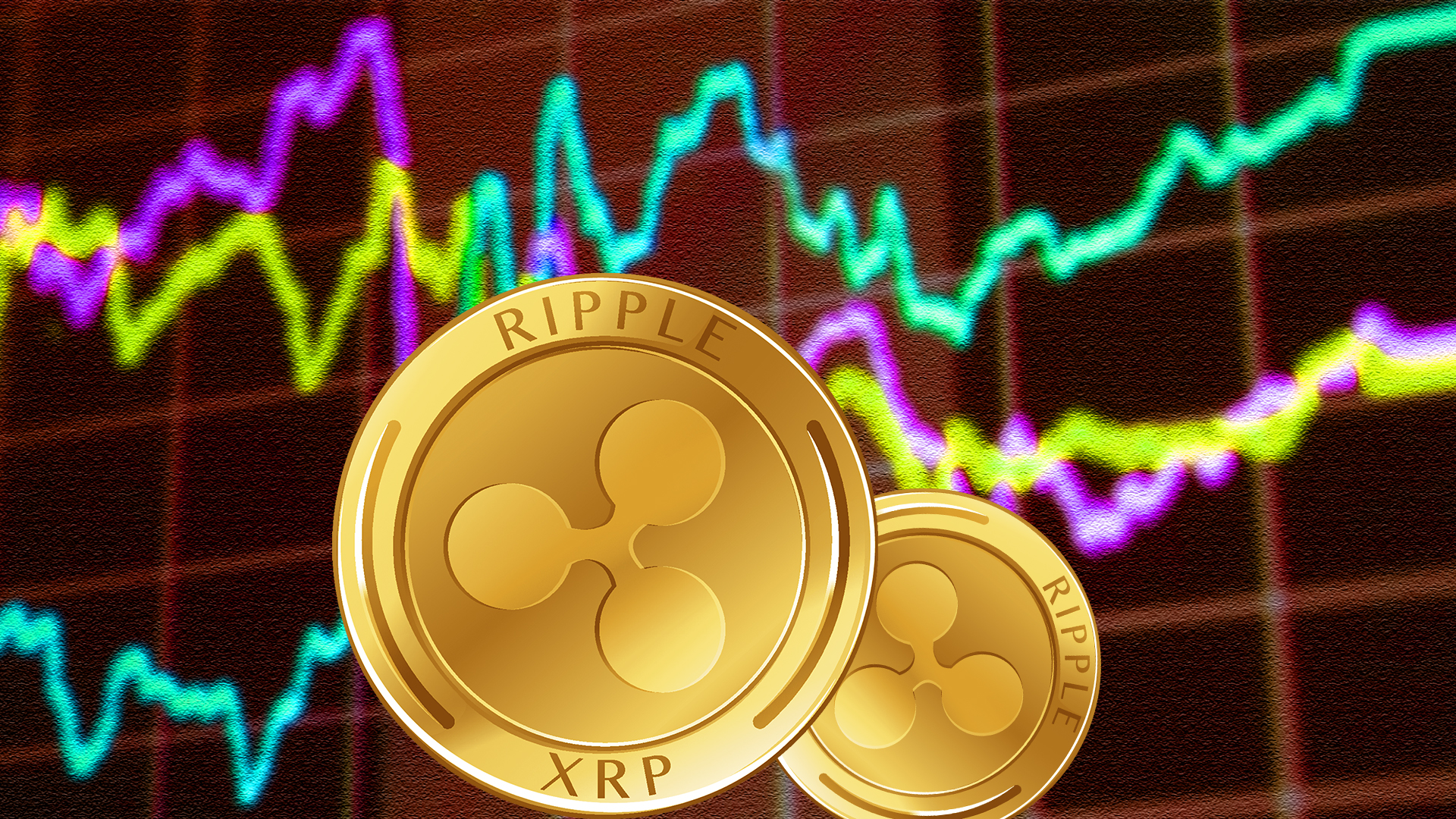- Out of the 100 billion XRP tokens, more than half are held in an Escrow account.
- Ripple Network performs transactions within a fraction of a second and at a rate that is very low compared to bank charges.
XRP is a cryptocurrency and the native token of the Ripple network. XRP tokens allow users on the network to perform transactions such as accepting and sending tokens to anyone, anytime and anywhere in the world.
The XRP crypto token works on the XPR Ledger, which was launched in 2011, by the Ripple Foundation to ease cross border transactions. One can transfer huge funds with minimal transaction fees on the platform in no time.
XRPL is a distributed ledger where all the transactions of the network are recorded. It is a decentralised platform where every user has a track record. There are currently 100 billion XRP tokens in circulation.
Out of the 100 billion XRP tokens, more than half are held in Escrow account, which is around 45 billion, and the remaining 55 billion are in the free float. The count of the XRP token cannot be increased as it is premined.
Cross-Border Payment With XRP
The Ripple platform allows users to trade with other traders around the world. The Ripple platform has its own native token, XRP and also supports other tokens and coins on the network.
With the Ripple network, traders can trade in other countries by converting their currencies into Ripple’s native token. Users can first convert currency into XRP tokens and then transfer them to another user in another country.
That’s why there are many banks in the world, and the biggest names in the league are Bank of America from the USA and Standard Chartered from the UK, which have acquired XRP ledger technology for cross border transactions.
With Ripple’s cross border transactions companies are moving ahead of the legacy correspondent banking relationship which is helping to eliminate the unnecessary halts and is on the way to innovation.
Ripple Network performs transactions within a fraction of a second and at a rate that is very low compared to bank charges for international transactions. Currently, there is only one authority through which countries can do intercountry transactions, it is the SWIFT code, where countries can do transactions in dollars only.
In Ripple, all transactions are transparent and users can use the platform 24/7 a day. It is also accessible even on weekends and holidays. Ripple’s On-Demand Liquidity solution is custom built for streamlined, more efficient cross-border transactions.
Banks that are using XRP for cross-border payment
- Bank of America (USA)
- Santander Bank (USA)
- Standard Chartered Bank (UK)
- PNC Banks (USA)
Conclusion
XRP’s future in cross-border payments looks promising, thanks to its fast and low-cost transactions. With more than half of its tokens held in Escrow, XRP offers a reliable solution for international transactions. Major banks, like Bank of America and Standard Chartered, have already adopted Ripple’s technology, signalling a potential revolution in cross-border finance.
